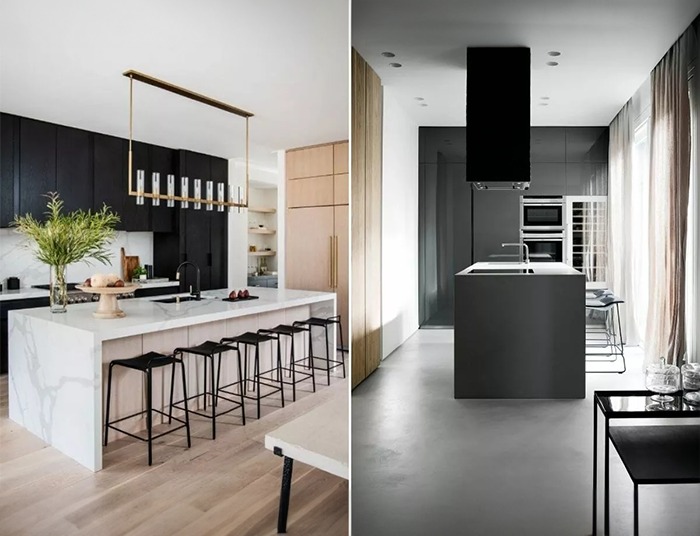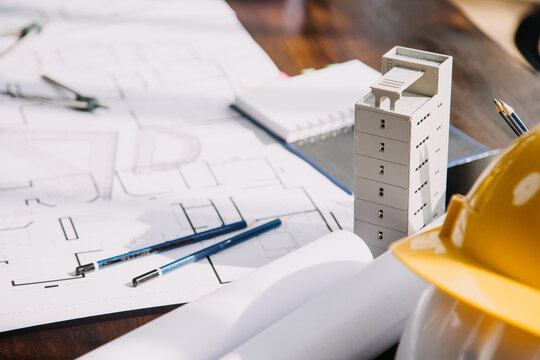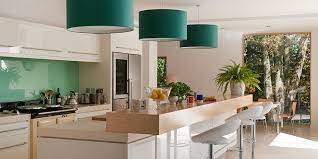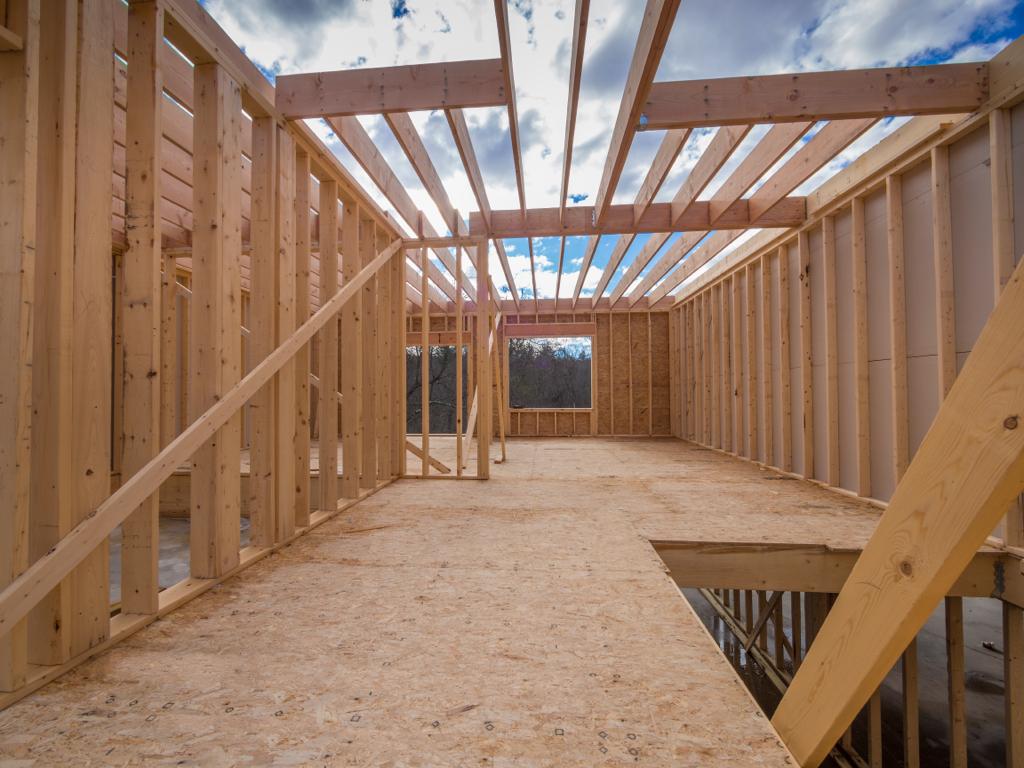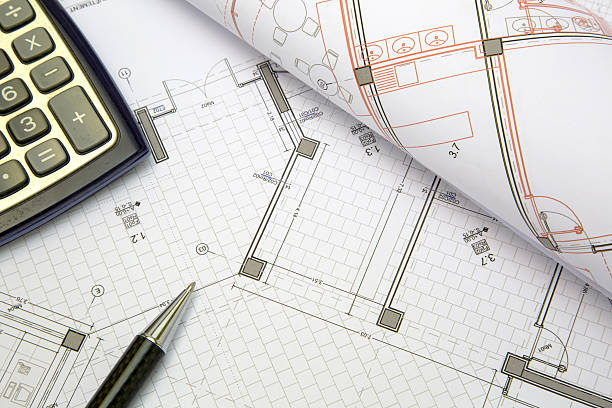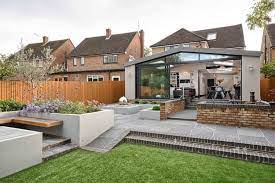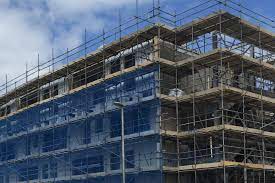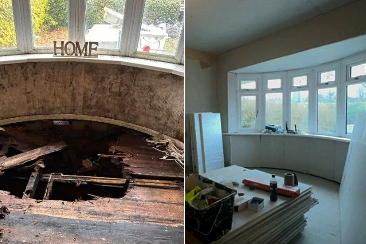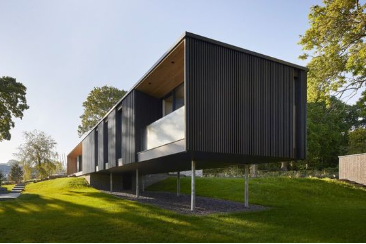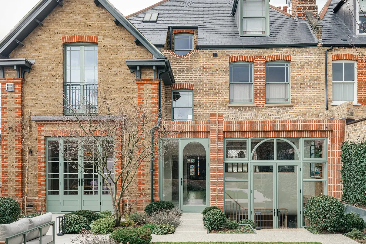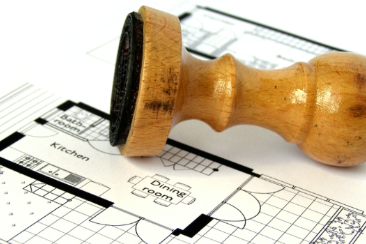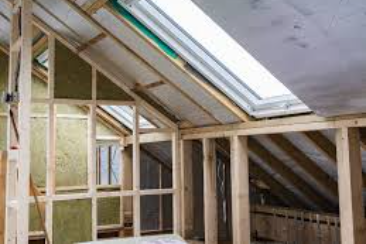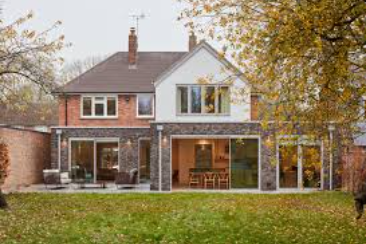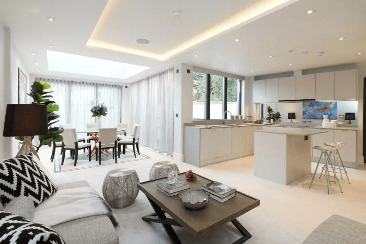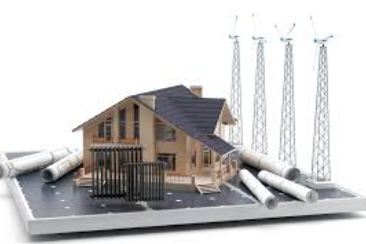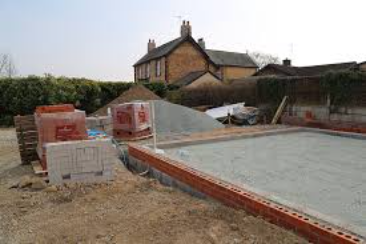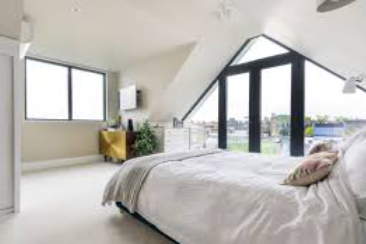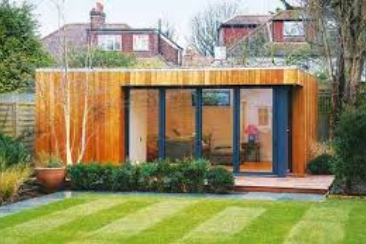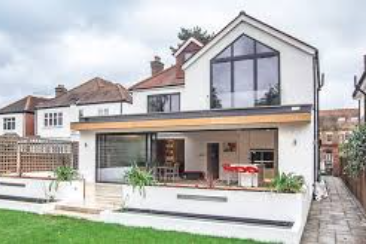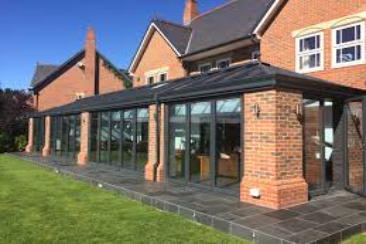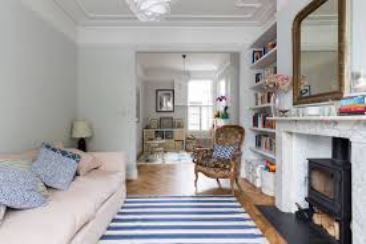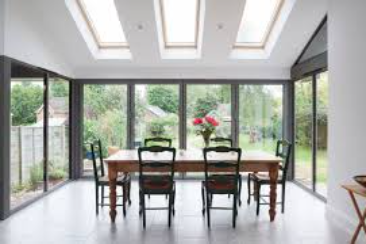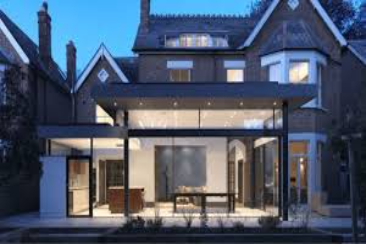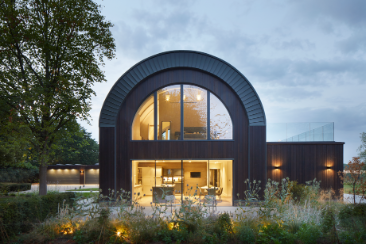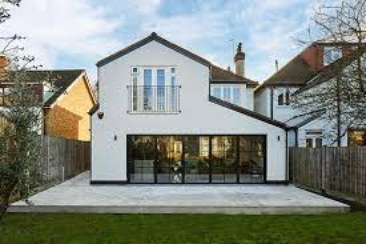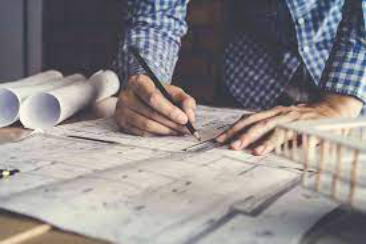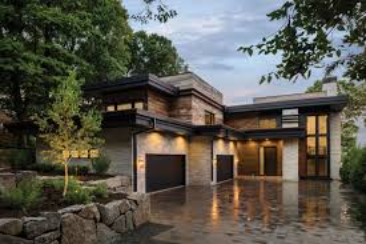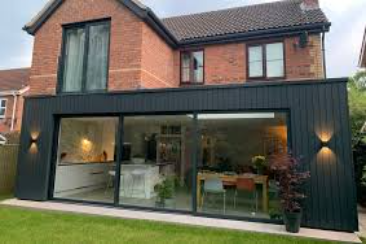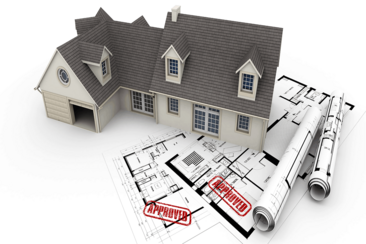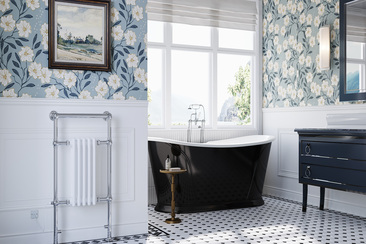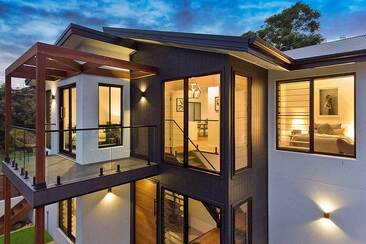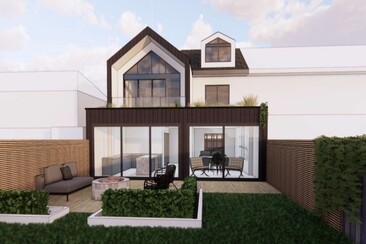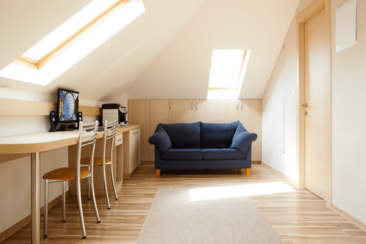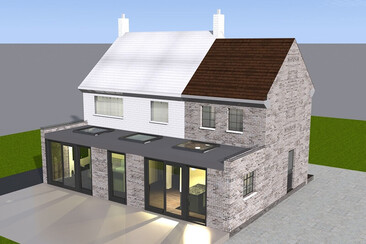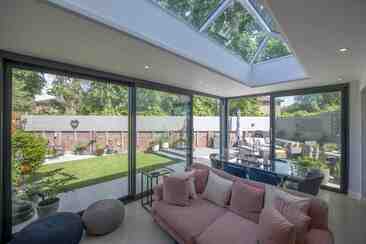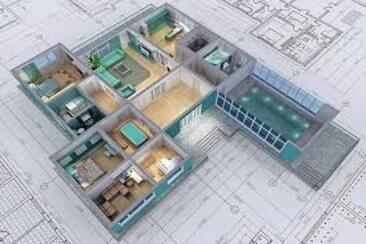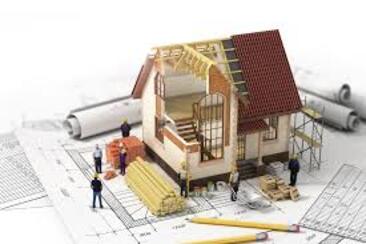Texture is an often-overlooked element in interior design. Yet, it's one of the most powerful tools to add depth, interest, and personality to your space. From the soft touch of velvet to the rough feel of concrete, texture can transform a room from ordinary to extraordinary.
The Power of Texture
- Creates Depth: Texture adds dimension to a space, making it feel more dynamic and interesting.
- Enhances Visual Interest: A variety of textures can draw the eye and create a focal point.
- Adds Personality: Texture reflects your personal style and creates a unique atmosphere.
- Improves Acoustics: Textured surfaces can help absorb sound, reducing noise levels.
Creative Ways to Add Texture to Your Space
-
Wall Treatments:
- Wallpaper: Choose textured wallpapers with patterns, embossed designs, or natural fibers.
- Paint Effects: Experiment with techniques like faux finishing, textured paint, or stencilling.
- Brick or Stone: Add a rustic touch with exposed brick or stone walls.
- Wood Paneling: Incorporate wood paneling for a classic and warm feel.
-
Furnishings:
- Fabric: Opt for textured fabrics like velvet, corduroy, linen, or chenille.
- Rugs: Choose rugs with intricate patterns, pile variations, or natural materials.
- Throw Pillows: Add texture and color with throw pillows in various fabrics and shapes.
- Furniture: Select furniture with unique textures, such as carved wood or woven rattan.
-
Accessories:
- Artwork: Hang textured artwork like tapestries, sculptures, or bas-reliefs.
- Vases and Bowls: Choose vases and bowls with textured surfaces or patterns.
- Plants: Incorporate houseplants with different leaf textures and shapes.
- Lighting: Use lamps with textured shades or bases.
-
Materials:
- Natural Materials: Incorporate natural materials like wood, stone, leather, or wool.
- Industrial Materials: Add a modern touch with exposed concrete, metal, or brick.
- Recycled Materials: Use repurposed materials like reclaimed wood or vintage tiles.
Tips for Combining Textures
- Balance: Mix soft and hard textures for a harmonious look.
- Contrast: Create visual interest by contrasting textures and colors.
- Repetition: Use repeating textures throughout the room for a cohesive feel.
- Layering: Layer different textures for added depth and complexity.
Conclusion
Texture is a powerful tool for creating a unique and inviting space. By incorporating a variety of textures into your design, you can add depth, interest, and personality to your home. Experiment with different combinations and find what works best for your personal style.

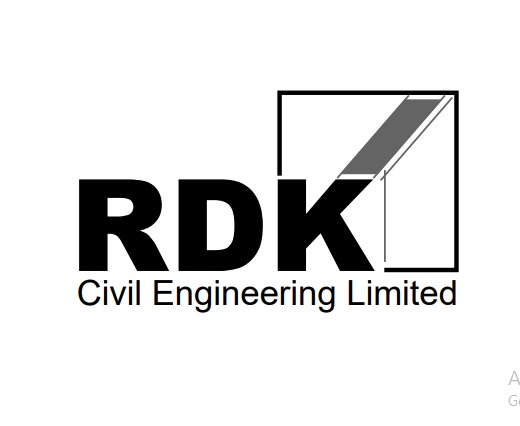
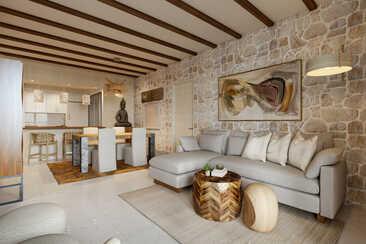
.jpg)
.jpg)
.jpg)
